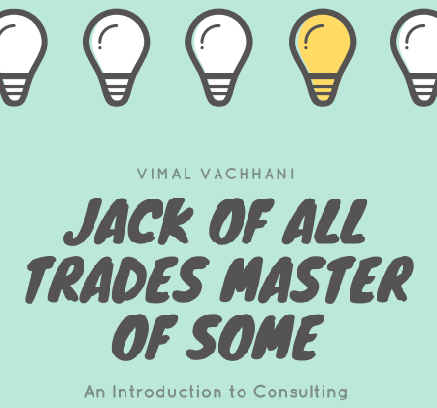Development and Delivery Phase
Once requirements are wrapped up and signed off, it is time to roll up your sleeves and get to work. During this phase, systems will be designed, codes will be written, processes will be implemented, coffee will be drunk, people will be shuffled around, new roles will emerge and the business will begin to shift in the new desired direction. There will be many late hours and many white board sessions that paint entire walls in dry erase art. The project managers will track the time and hours spent and make sure the ship is headed in the right direction and on the correct schedule, while the business analysts will continue to document findings and adjust requirements. There are a million micro-tasks that take place during the delivery phase and they will vary based on the type of projects. Be sure to use some of the tips and tricks in the following section to help facilitate a successful delivery phase.
Agile Development vs. Waterfall
Project delivery usually follows two different types of methodologies. The first is Waterfall, where the tasks are lined up in succession and in order. The series of tasks are lined up to requirements and core functionality releases. This ends up with longer phases of work but bigger releases to the users. The second method is called Agile, where delivery is completed in sprints usually ranging from one week to three weeks. This methodology lends itself to a more iterative approach with frequent but smaller releases to the users. Both methodologies can be successful and a good consultant will be familiar with both and, more importantly, how to create a hybrid and flexible approach to meet different client cultures, styles and projects. Most projects will lean towards the agile method or some form of very short burst waterfall or phase. It is never a good idea to big bang large waterfall projects that run from six months to one year. This is usually referred to as boiling the ocean and can introduce risk such as the stakeholders losing interest in a project, or getting concerned when they do not receive more immediate benefits of the project they are spending their money on. Also, the more items going live at once means the more spinning plates you will need to keep an eye on and the more things that can go wrong.
Are you interested in starting a career in consulting? Be sure to read the full book Jack of all Trades Master of Some; An Introduction to Consulting available on Amazon.
